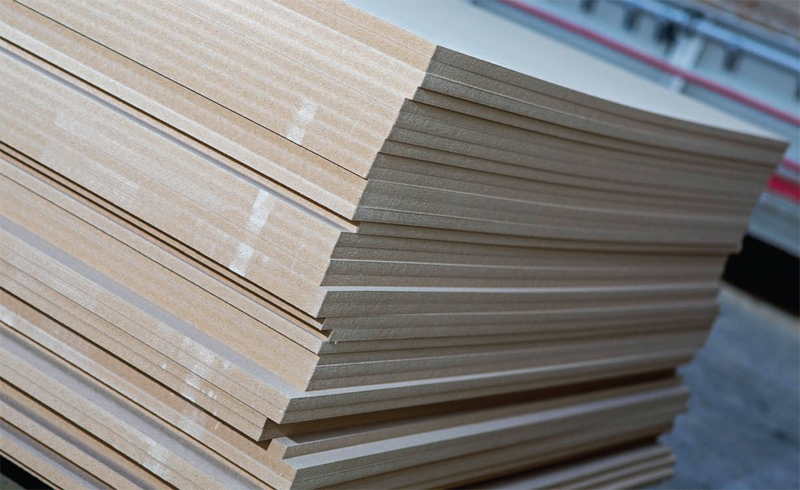Made to meet tough standards
16 March 2016The Passive House movement is growing in the UK and here, George Watson of Coillte Panel Products, Eire, looks at the panels available to help meet these stringent targets.
European Union carbon emission reduction targets are one of the main driving forces behind the construction industry's move towards energy efficient buildings.
This is driving the growth of the Passive House movement in the UK, which encourages the following of strict building guidelines to increase energy efficiency and so ensure that a building is virtually independent of fossil fuels for its temperature regulation.
Consequently, when building to Passive House standards, maintaining the thermal efficiency of a building relies on - and requires - high levels of 'air-tightness' in order to meet the regulations.
Considering the on-going research and development in timber panels, and the wide range of products now available in the UK market, it is good to assess their potential uses and environmental soundness for meeting those Passive House standards.
Timber frame construction is an increasingly popular building method, with added benefits such as fast erection, off site construction and a significant reduction in on-site waste.
Alongside this, timber frames are also widely acknowledged as one of the most sustainable building systems when compared to steel or brick and block, making it the ideal product for environmentally-conscious builders.
As the UK construction industry drives towards more highly energy-efficient and sustainable housing, the Passive House and Zero Carbon homes market has grown significantly in recent years. Within the external wall construction of these properties there remains a potential risk of interstitial condensation, which can lead the way for moisture, mould growth and eventually timber rot. Perfect for reducing this risk are breathable panels with high vapour permeability, which support and encourage a well-ventilated building structure.
To meet these building requirements, Coillte Panel Products developed Medite Vent for the European market.
With structural and vapour-permeable qualities, the panel product was designed for off site construction and use in timber frame applications.
By combining a racking strength in excess of category 1 with independently-tested vapour permeability, the panel allows water vapour to travel through it, effectively reducing the risk of condensation and therefore mould growth.
However, to meet Passive House standards, it is vital that new buildings are able to maintain a high level of 'air-tightness' and thermal comfort.
The 'air-tightness' of a building is measured by the 'blower door test', which involves blowing air into a property via a mounted door and using thermographic equipment to identify paths of leaking air.
A blower door test result of 10m3/(h.m2) at a pressure difference of 50Pa, is deemed a reasonable limit of air permeability by Part 1 of the UK's Building Regulations.
Passive House standards, however, demand a maximum air change rate of 0.6 air changes per hour.
There is no standardised conversion between the two measures, as there is no direct relationship. However, for a typical house this may be in the region of just 1m3/(h.m2) at 50Pa of air pressure - 10% of the UK Building Regulations value.
To assist specifiers and builders in meeting these higher targets, Coillte Panel Products collaborated with a leading institute of physics to validate the air barrier properties of its newly developed OSB panel, SmartPly VapAirTight. Incorporating high racking strength and an integrated vapour barrier, thus eliminating the need for additional vapour control membranes, the panel is aimed at buildings requiring a high level of energy efficiency.
There is increasing use of timber panels resulting from the consequent move toward energy-efficient construction, but it is also evident that there are some plywood imports which may have issues with documentation/ legality in the UK market.
Although updates in recent legislation will see the threat of this removed from the UK market, reputable manufacturers in the UK and Ireland are providing alternative materials that are ethically sourced.
For example, all timber in Coillte Panel Products' panels is sourced from FSC-certified forests.
This ensures that all the raw material is from sustainably-managed forests. It is then used to produce a high quality, reliable panel for timber frame construction.
With the UK striving to improve the energy efficiency of buildings through updated legislation, it is important for specifiers and end-users alike to ensure that they are using high performance certified panels.
This will encourage further development of innovative products for Passive House building and the continuing growth of the UK timber industry.
